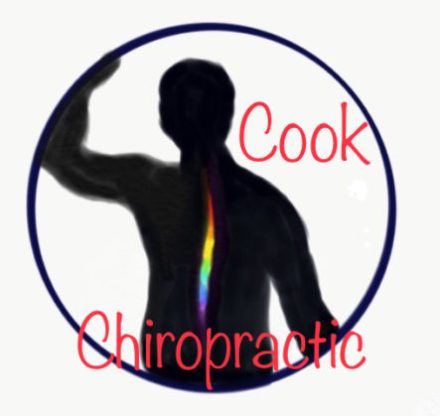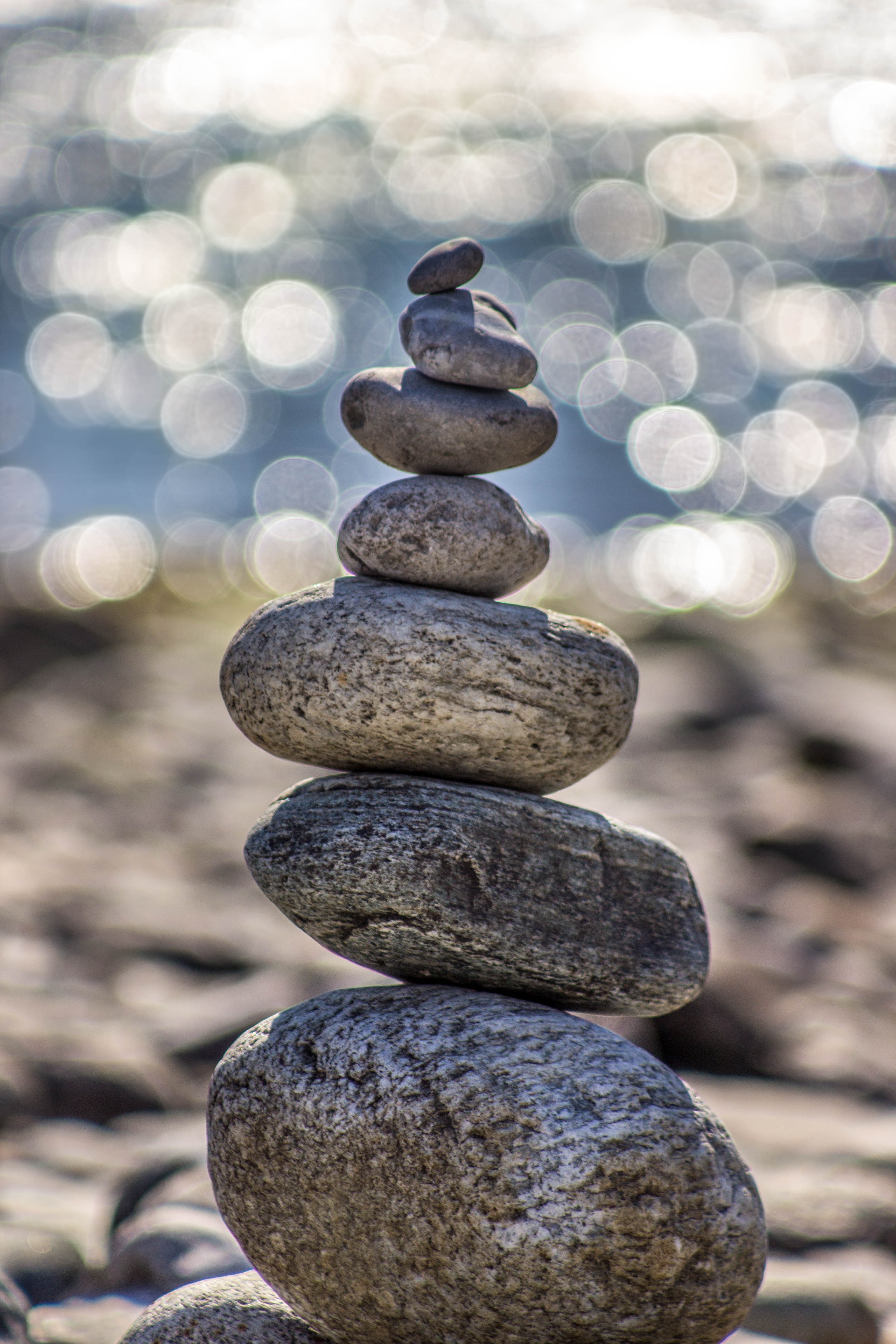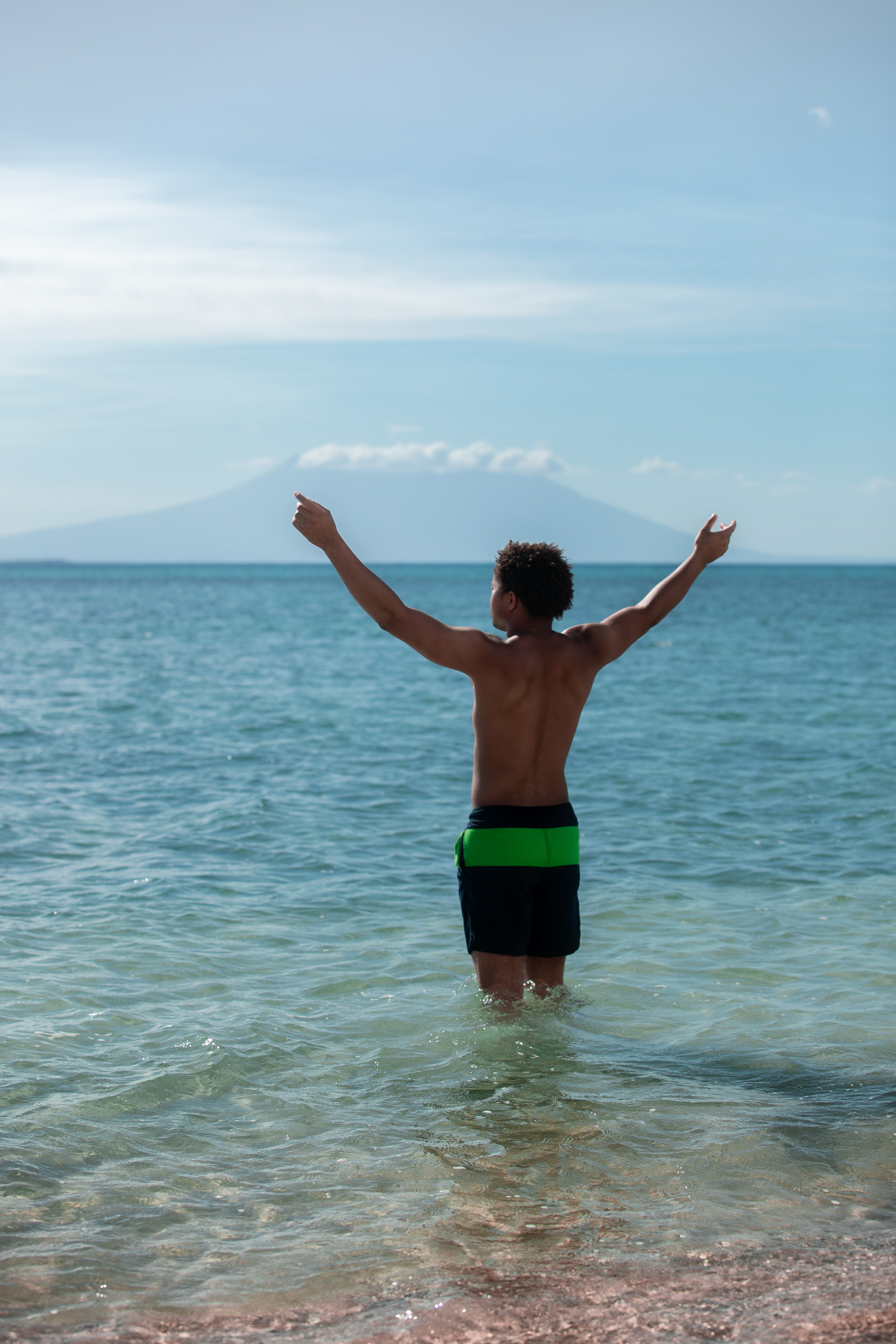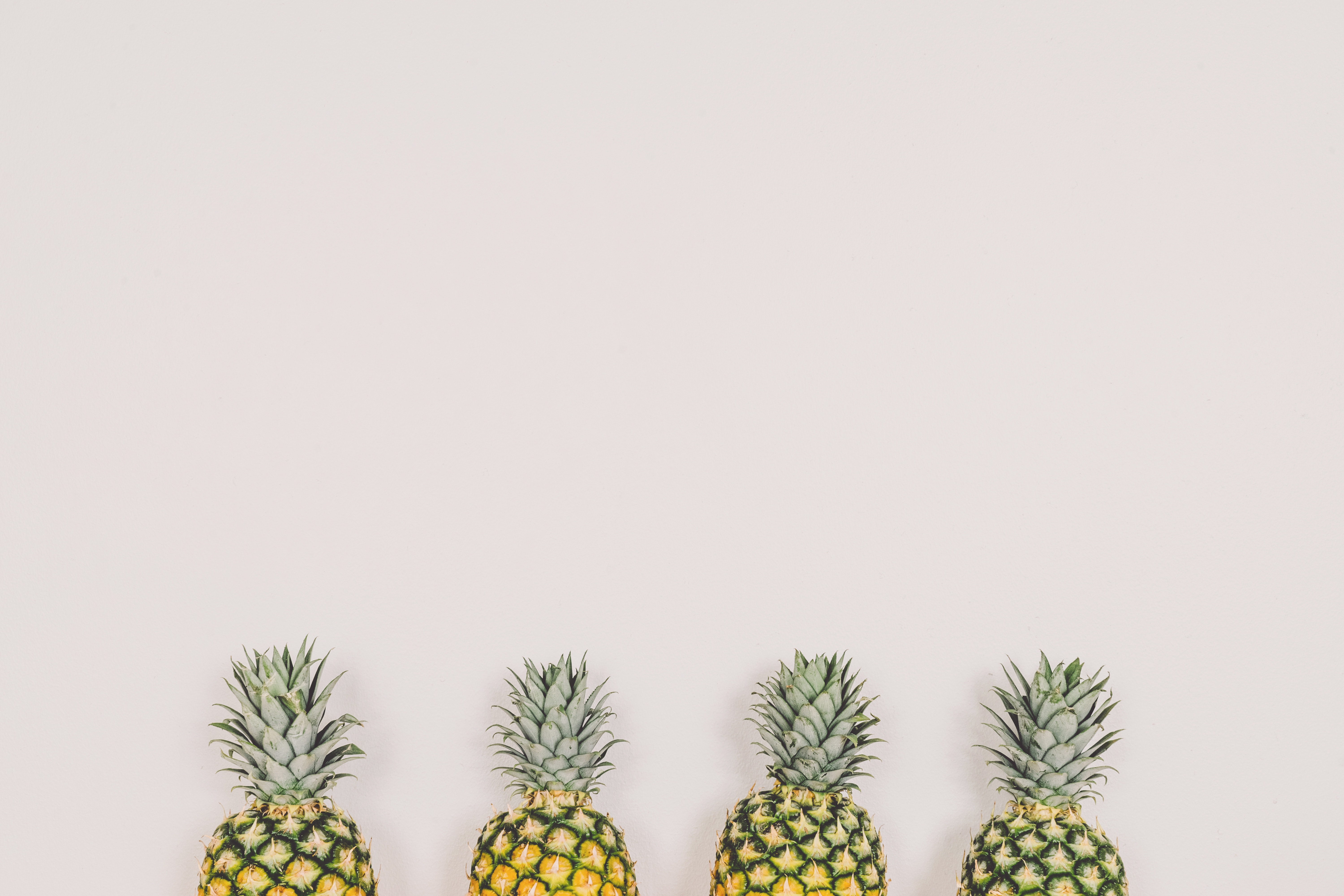Natural Lice Treatments

Now that school is back in session, many parents worry about head lice. But they really aren’t as hard to get rid of as you might think. There are many natural lice treatments that are actually MORE effective and safer than conventional insecticides used in the past. Lice can only live for 24-48 hours without a food source, which, of course, is our blood supply. Treating the individual then washing all bath towels, bed clothes, clothes, etc. is usually enough. Vacuuming carpet and furniture doesn’t hurt either. If you want to be completely safe, you can leave the house for

24-48 hours and the lice should all die in this amount of time. LiceFreee is a natural treatment that is readily available that works in ONE use and has no chemicals! Simply saturate the hair and the salt in it dries out any lice and their eggs as it dries! If you can’t get to the store to get some LiceFreee (it’s at the Dollar General in Harrisville, last time I checked) you can make your own solution of 10% salt and add in some shampoo. Leave this mixture on the hair until it dries then comb out any lice with a nit comb (optional. This doesn’t have to be done for treatment to work.) I heated 2T salt in 3T water until salt is mostly disolved then combined with about 4T shampoo. Make enough to thoroughly saturate the hair. Let solution dry on hair. You may use a hairdryer if you’d like, though this may be hard on the hair. Heat also kills the eggs.
If a child is found to have lice, it is probably best to go ahead and treat the whole family, in case anyone else has already been affected, especially those that sleep in the same bed or may have been close enough for lice to transfer to another family member. I’d recommend keeping a bottle of LiceFreee on hand (or you can always make your own), in case a lice epidemic hits your child’s school and stores are out of stock. (I don’t own stock in LiceFreee by the way. I just think this is a great, natural product!)
Conventional Lice Treatments Are Worse Than We Thought (and don’t work!)
But before you use an over-the-counter (OTC) treatment like Nix, Rid-X, A-200 and Pronto or a prescription variety like Ovide or Kwell, you might want to consider what’s in it. Melanie Haiken of Takepart writes in her article:
“The answer: neurotoxins, which kill lice by attacking the central nervous system. Rid, Pronto, and A-200 contain pyrethrins, and Nix contains permethrin, all used in common garden pesticides. Ovide contains an even stronger neurotoxin, malathion, the same pesticide many communities banned a decade ago.
Needless to say, these pesticides aren’t something you’d normally want to expose your kids to. Pyrethrin exposure has been linked to asthma and other breathing problems in children, as well as skin rashes. They’re also probable endocrine disruptors and may raise breast cancer risk by elevating estrogen levels. Lindane, the oldest neurotoxin used for lice treatment and the active ingredient in Kwell, has been banned in 52 countries and restricted in 33 others for causing serious side effects, including seizures, stiff neck, lethargy, and slurred speech.” Not to mention, if you are pregnant and get lice from a child, you CAN NOT use these treatments on yourself or get them on you while treating your children!
Not to mention, that because 99% of our current lice are “super-lice”, these remedies won’t even kill them! They have become resistant to these treatments. So, what do you do? In short, try a product called Lice Freee. It is available at Dollar General in Harrisville for around $7. That’s the easiest solution and claims a 100% effectiveness in only ONE treatment. It is a simple solution of salt water, which, when it is allowed to dry on the hair, kills live lice AND the eggs! I also used a nit comb (included in package) to comb out the dead lice and eggs and it cured it easily! No drama! I highly recommend it! Other treatments are listed below if you prefer.
There are four basic ways to get rid of lice:
1. Physical removal with a nit comb – Professional “nitpickers” most often use the Nit Free Terminator Lice Comb to remove lice and nits (lice eggs). You can, or course, do this yourself. We’ll cover how to use it with other remedies in the section below. In the video below, a professional “nitpicker” walks you through effective combing techniques for removing lice and nits.
2. Suffocation – One study found that coating the hair/scalp with a blend of mineral oil and other chemicals to suffocate the lice was 97.6% effective. Personally, I wouldn’t use mineral oil, polysorbate 80, etc., but I would definitely try oils such as coconut or olive. Many parents have reported great success with this method. However, because the little buggers “can hold their breath for up to 8 hours,” you’ll need to put on a shower cap and let the oil sit overnight. And because nits don’t die from suffocation, you’ll have to repeat the process or comb them out. (source)
3. Pesticides – As I mentioned earlier, about 99% of the lice found in the U.S. are resistant to one or more pesticides. For that reason – and because they’re likely to be toxic – I wouldn’t use most store bought or prescription treatments. However, the study I mentioned in #2 that examined the suffocation method also found that that botanical pesticides – also known as essential oils – seem to be very effective at killing lice. Mix in some tea tree oils with your salt solution or use a tea tree oil shampoo to help guard against lice in the future.
4. Degreasers – Certain enzyme soaps and substances like diatomaceous earth actually break down the exoskeletons of lice. They should be applied and left on for a few hours.
There are many more possible treatments on the internet, but I found that the salt method works! Comment below with what you’ve tried and how it came out.





One thought on “Natural Lice Treatments”
Have you tried any of these or other natural lice treatments? How did they work for you? Or have you tried conventional lice treatments? Did they work?
Comments are closed.